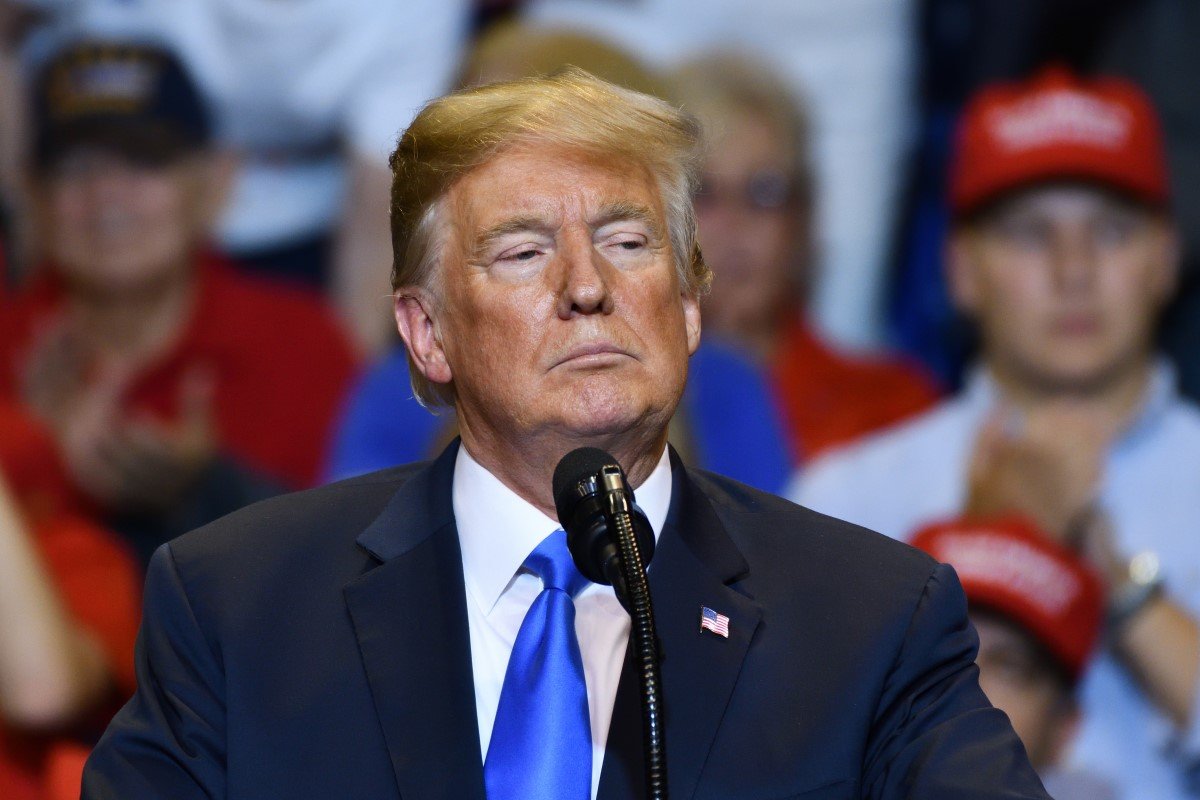Managers managing multi-billion-dollar long-term portfolios are taking an interest in gold as they seek returns in a no-return investment landscape. Traditional gold clients in India and China now remain on the sidelines. Still, a broader range of buyers is one of the key dynamics behind the rally of the precious metal to $2,000 an ounce.
In the past, when bonds offered higher yields, many professional investors had no interest in the precious metal. A broad portfolio of stocks and bonds could yield a reliable return. These two assets would balance each other during downdrafts in the market. Gold, which offers no income, is difficult to value, according to the Wall Street Reporter.
But now, the math has changed. $15 billion in debt offers negative returns and the Federal Reserve is likely to hold rates close to zero for the foreseeable future. Now, some on Wall Street question the wisdom of owning bonds.
Secure government bonds have always played a very important role as portfolio diversifiers and will continue to do so. However, their power is declining due to the low absolute level of performance, according to Geraldine Sundstrom, from Pacific Investment Management Co.
Pimco, a global investment management company, believes that rates will remain very low for years to come. Since it will lead to depressed levels of real yield, gold feels like an appropriate diversifier.
Institutional ownership of gold is getting favored
Last week, Lombard Odier & Cie SA, the Swiss private bank, announced that it added gold to its strategic asset allocation.
Arbuthnot Latham & Co., a private bank that manages money for clients, including trusts and personal pensions, says it bought more shares of gold mining companies as a representative of the precious metal.
John Reade, a chief market strategist at the World Gold Council, states that there has been a more widespread institutional ownership of gold than in previous rallies. The precious metal is now on the market with many more investors than it was 10 or 20 years ago. Reade estimates that no more than one in five institutional investors have a gold allocation.
Still, gold ownership among the professional class is considered low. According to Joni Teves, a strategist at UBS Group AG, the total value of investors’ positions in gold futures and exchange-traded funds is equivalent to just 0.6% of the $40 billion in global funds. That position could easily double without the allocation looking extreme.
Gold simply tends to work well in times of inflation or when stocks stumble. These two scenarios seem to be within the realm of possibilities in today’s environment. Spot gold prices have risen by 29% this year and traded at around $1,955 an ounce on Wednesday.
If gold undergoes a correction, there are likely to be many investors waiting to buy it. According to Charles Diebel, portfolio manager at Mediolanum International Funds, the lower the real yield and the weaker the dollar, the more attractive gold is.
Analysts believe that normal gold buyers would not be driving this, referring to retail investors and jewelry buyers. They would be long-term investors seeking diversification.
















